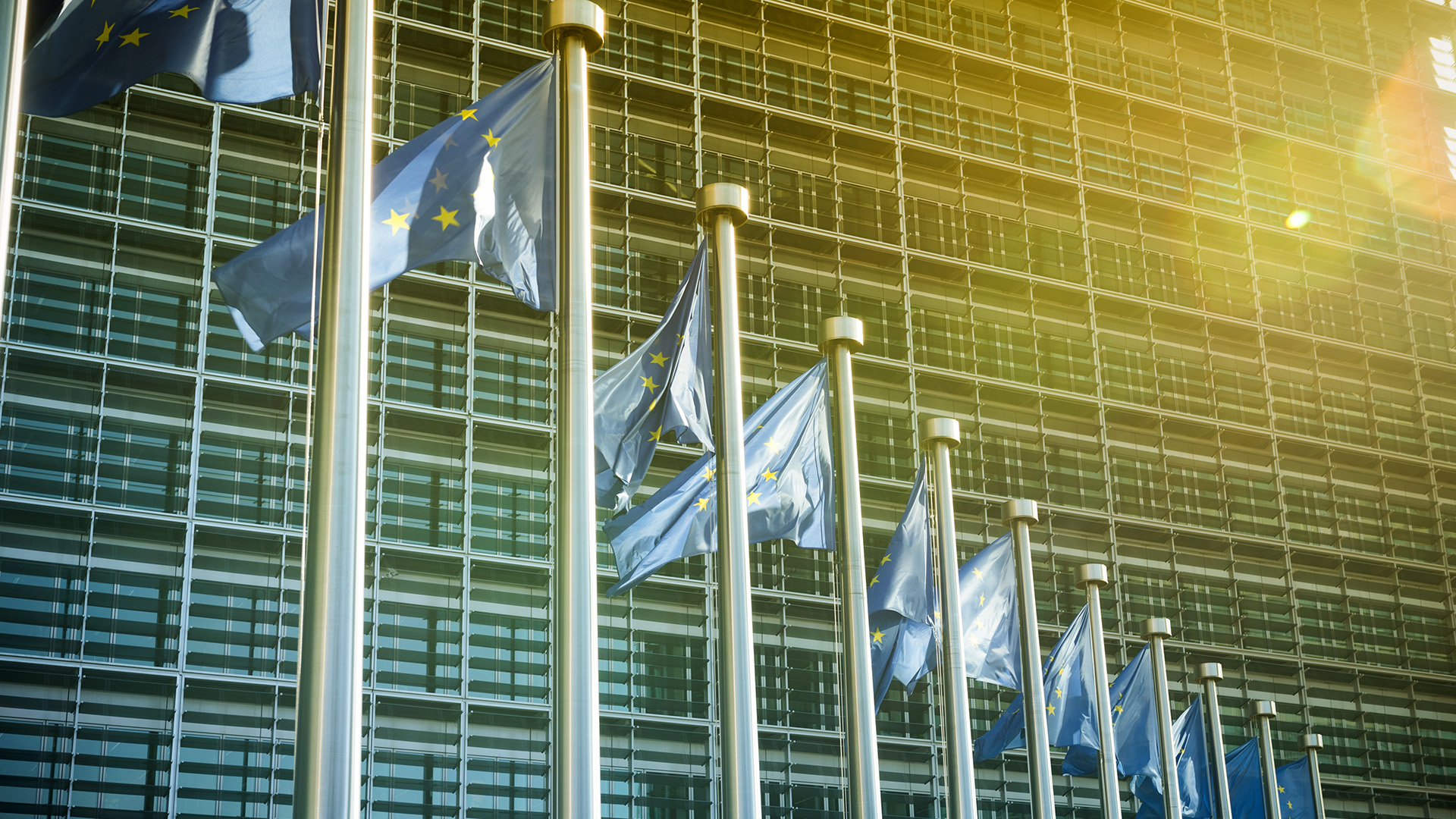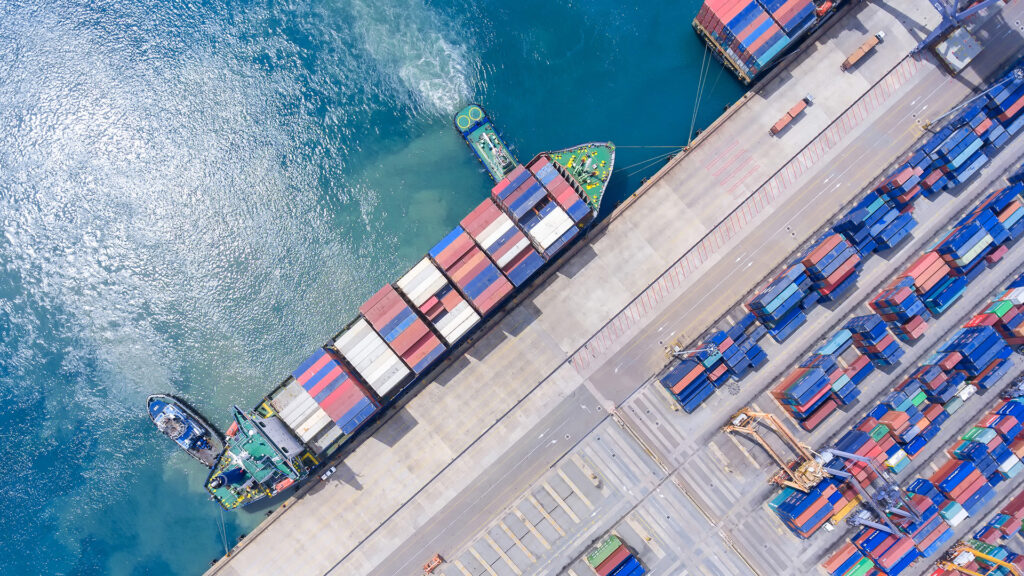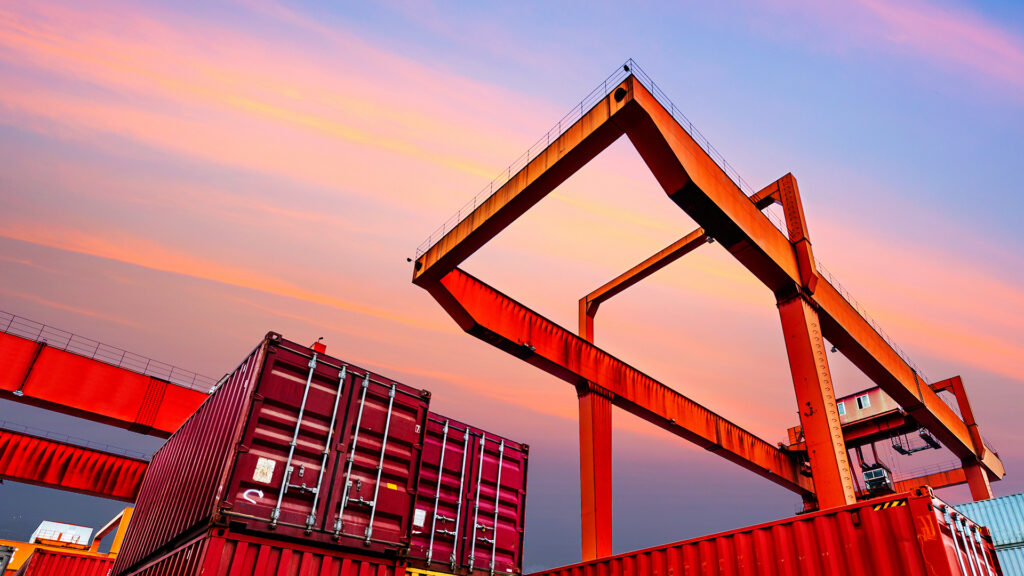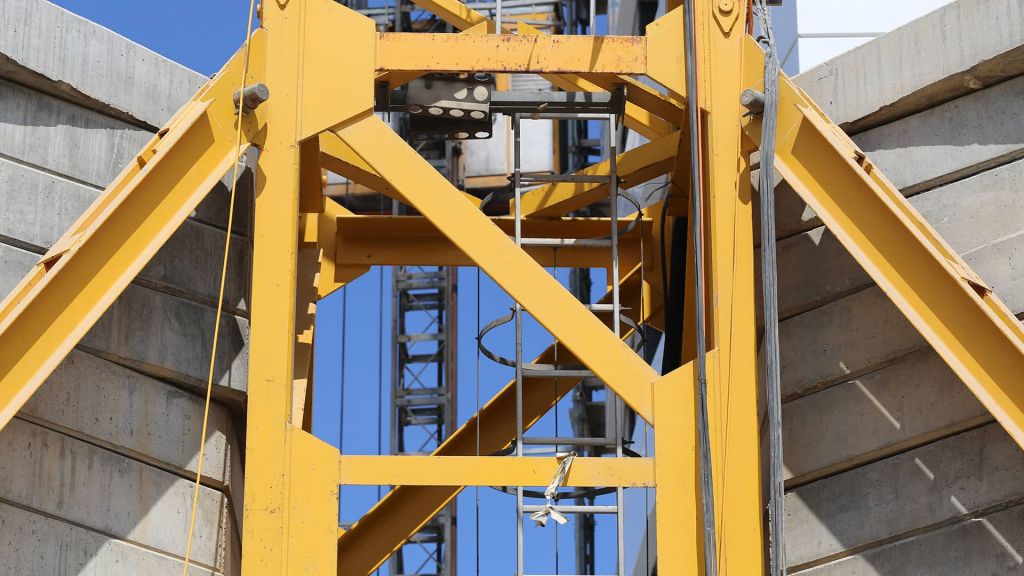

REPower EU Roadmap: The EU’s Plan to Achieve Full Energy Independence From Russia and Its Impact on LNG
What has happened?
Launched in May 2022 following Russia’s invasion of Ukraine, the REPowerEU Plan aimed to reduce the EU’s dependency on Russian energy. Thanks to the Plan, between 2021 and 2024 the share of Russian gas imports into the EU fell from 45% to 19%. However, imports increased in 2024. The European Commission has responded by publishing the REPowerEU Roadmap, which it describes as the EU’s strategy to gradually remove Russian oil, gas and nuclear energy imports from EU markets altogether, whilst still ensuring stable energy supplies and pricing.
What is in the Roadmap?
The Roadmap was published on 6 May 2025 and sets out a series of actions and a timeline. Those actions affecting LNG are set out below.
|
REPowerEU Roadmap actions affecting LNG |
|
|---|---|
|
Action 1 – Transparency, monitoring and traceability |
EU rules requiring companies to disclose information on Russian gas contracts to EU Member States and the Commission and regular information exchanges between customs authorities, relevant public authorities and the Commission. |
|
Action 2 – National plans to support EU action |
EU countries to plan and monitor the EU-wide phase out of Russian gas through national plans with clear actions and a timeline (with recommended submission of the first national plans by the end of 2025). |
|
Action 3 – Stepwise prohibition of Russian gas imports |
Provisions to ban imports of Russian gas under new contracts and existing spot contracts by the end of 2025 at the latest, and under existing long-term contracts by the end of 2027 at the latest. |
|
Action 4 – Supporting diversification |
Explore further energy cooperation with partner countries and demand aggregation options as well as maximising the use of existing infrastructure to remove regulatory and market barriers and enhance diversification. |
What are the key drivers?
Security of supply and energy independence are key drivers. The Commission has indicated its determination not to find itself vulnerable to what it described as Russia’s “weaponisation of energy supplies” going forward, whilst also preventing income to Russia’s budget from the EU. Part of its strategy is therefore also to accelerate the EU’s energy transition and diversify energy supplies.
The intention is that by preventing new contracts and improving the transparency, monitoring and traceability of Russian gas across the EU markets, it will be possible to phase out Russian gas imports altogether. The Commission has sought to allay fears about the possible impact of this strategy on the stability of the markets, pricing and supply with the gradual deployment of the measures in the Roadmap.
What is the timing?
The Roadmap sets out a broad timeline as follows:
- June 2025 – Legislative proposals on ending Russian energy imports.
- End of 2025 at the latest – Provisions to ban the import of Russian gas under new contracts and existing spot contracts.
- End of 2025 – EU countries to submit national plans for the phase out of Russian gas.
- 2027 – Target end of Russian gas imports to the EU.
It is anticipated that the twin measures of preventing new contracts with suppliers of Russian gas (pipeline and LNG) and stopping existing spot contracts by the end of 2025 will result in a fall in Russian gas supplies into the EU of one third by the end of this year.
When will we know more?
At this stage, not much further detail has been provided to flesh out the bones of the strategy. However, legislative proposals are expected this month which should provide more information.











